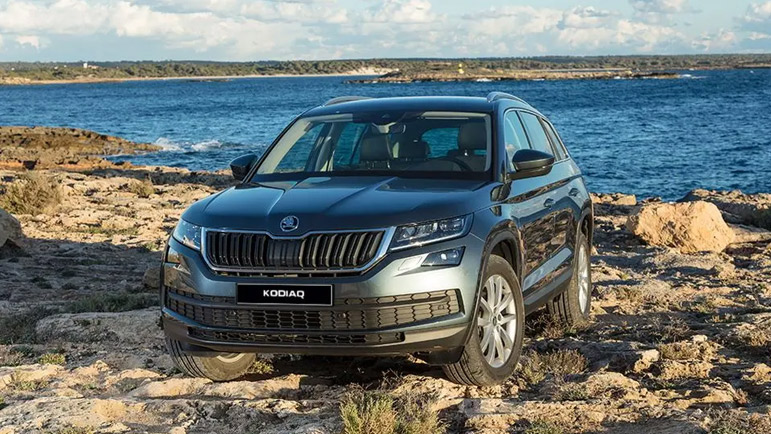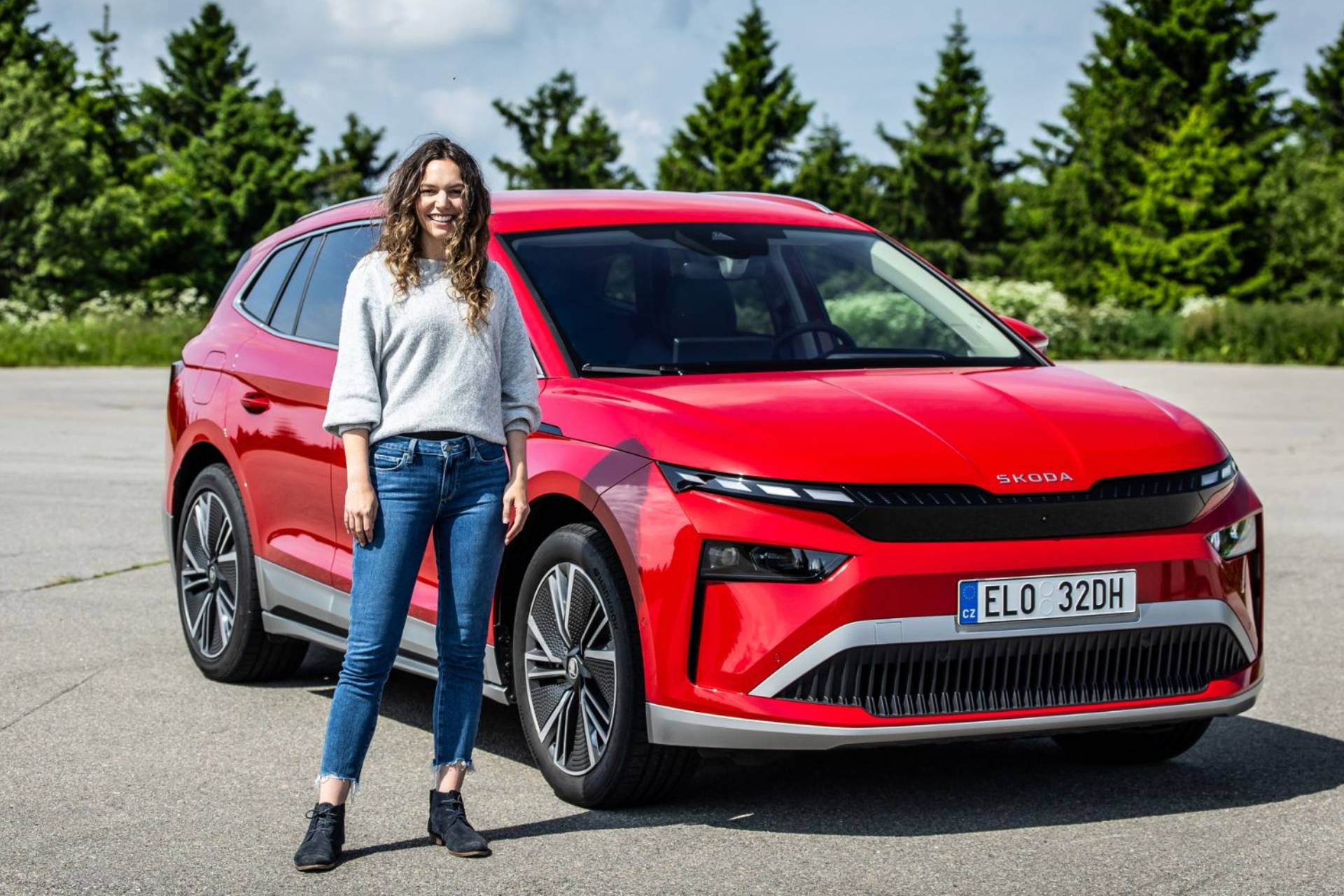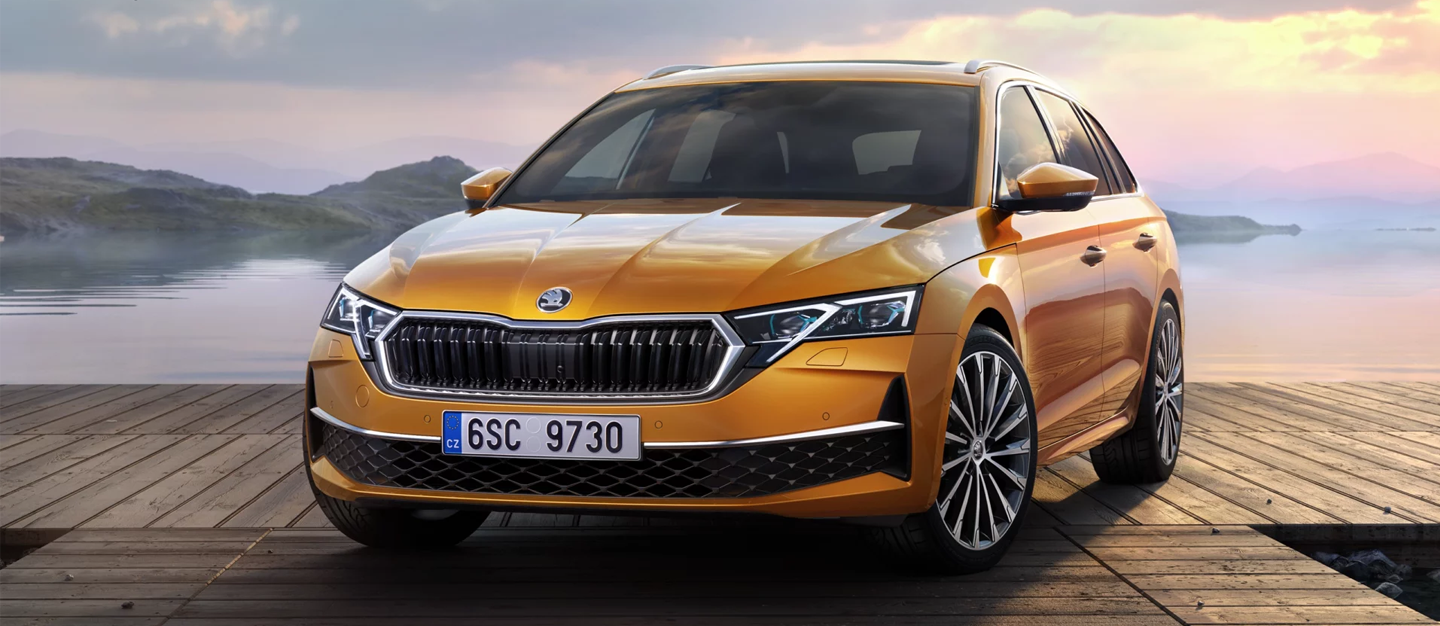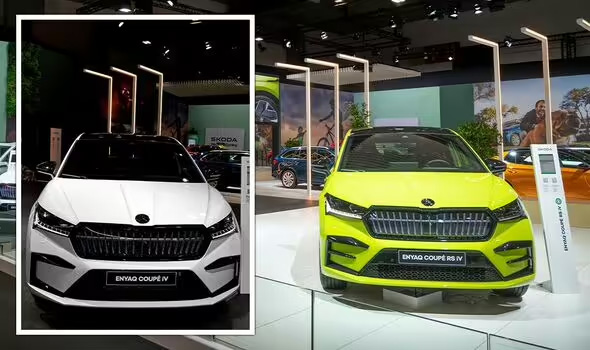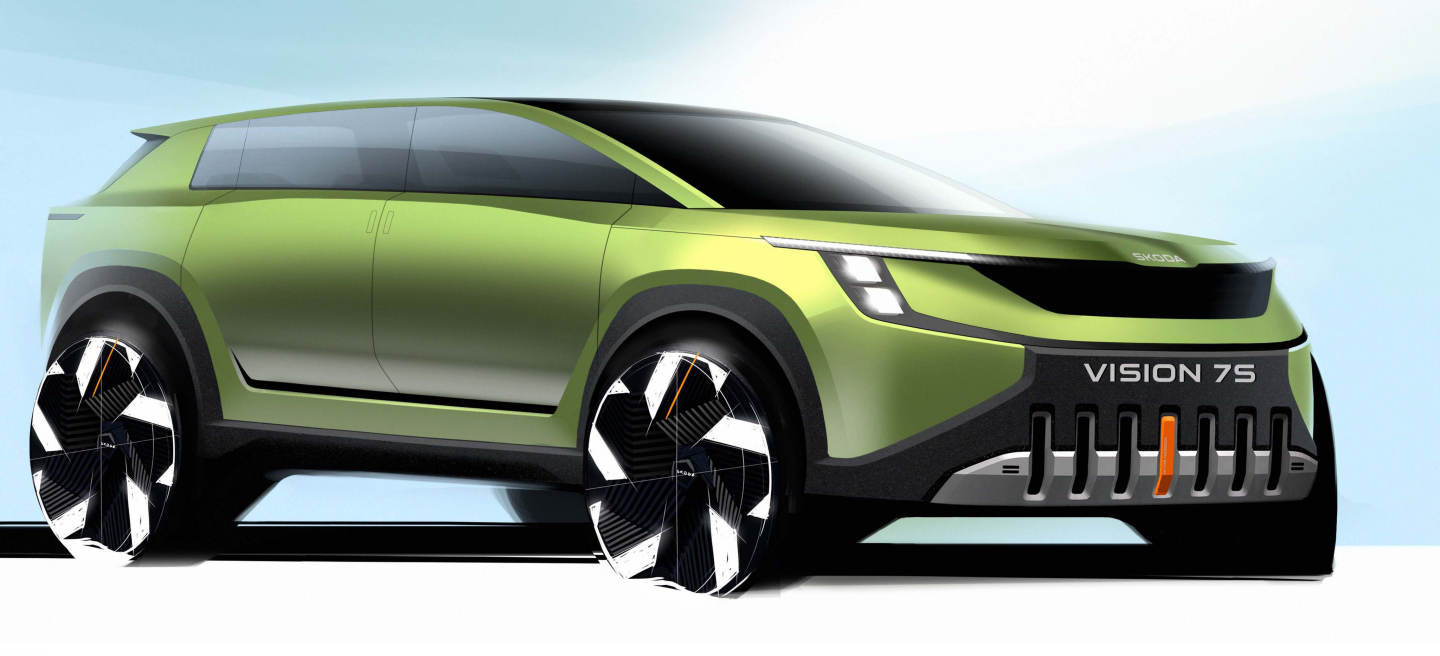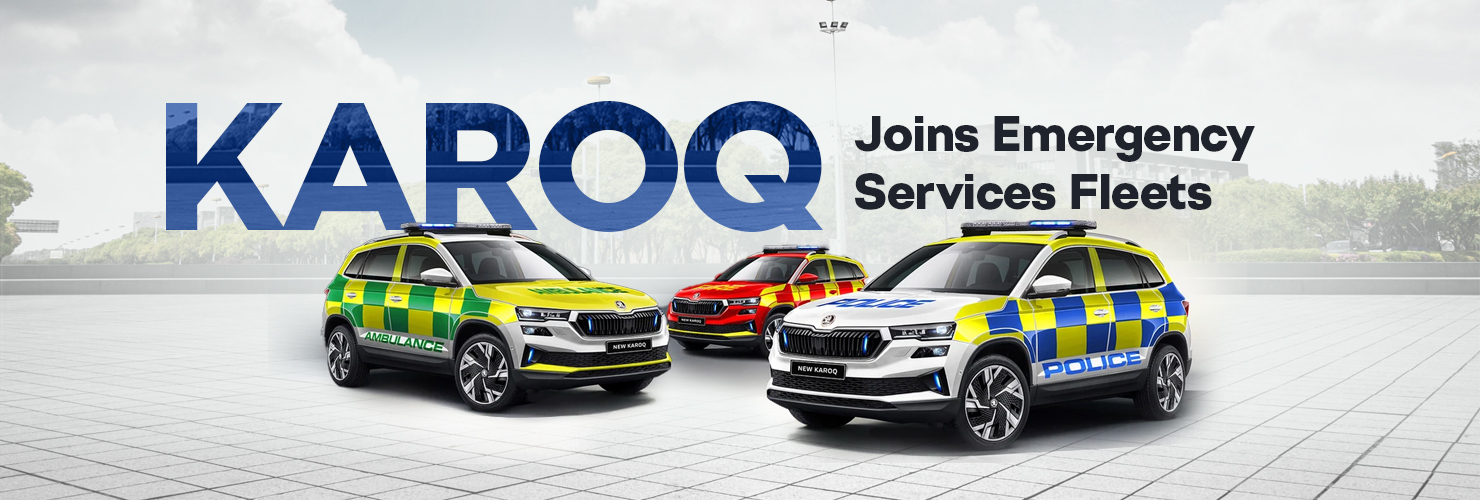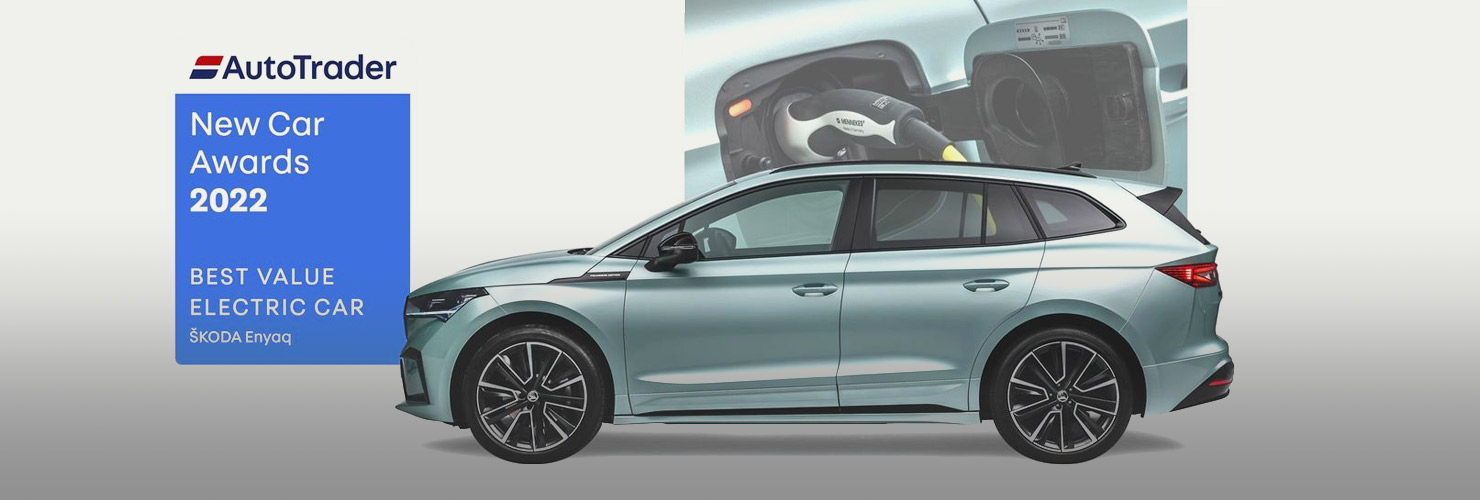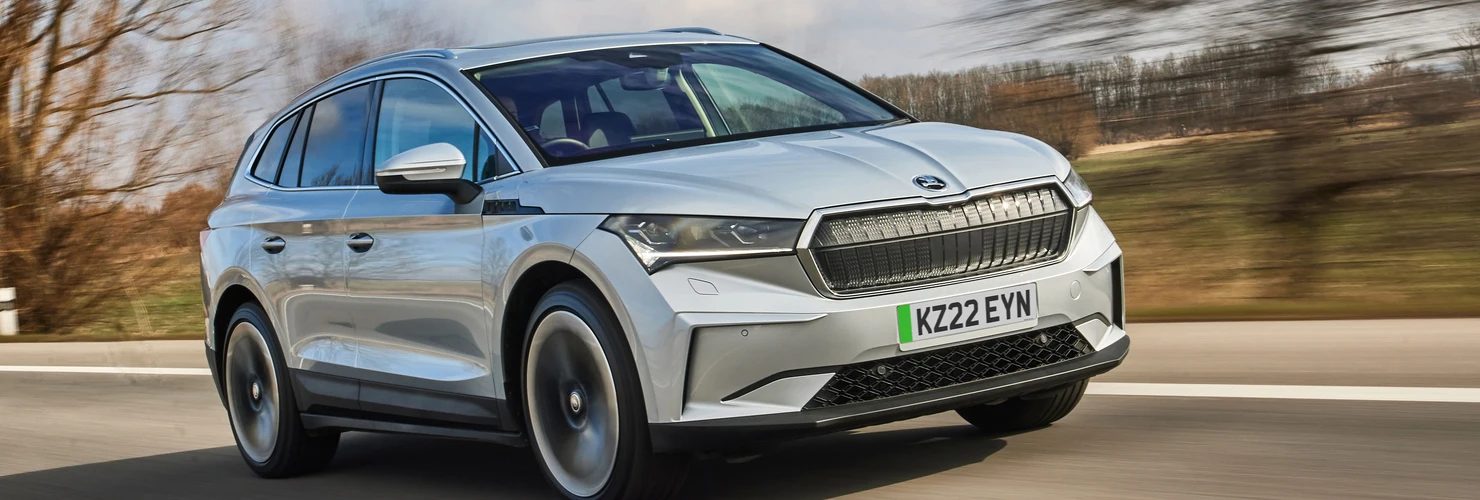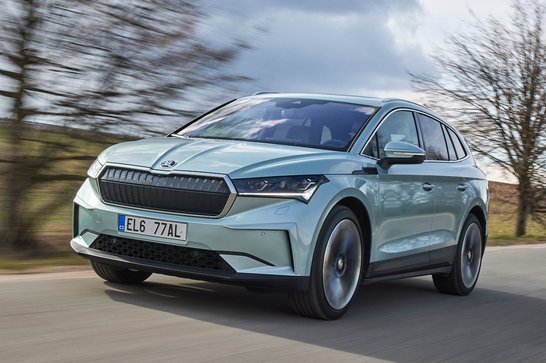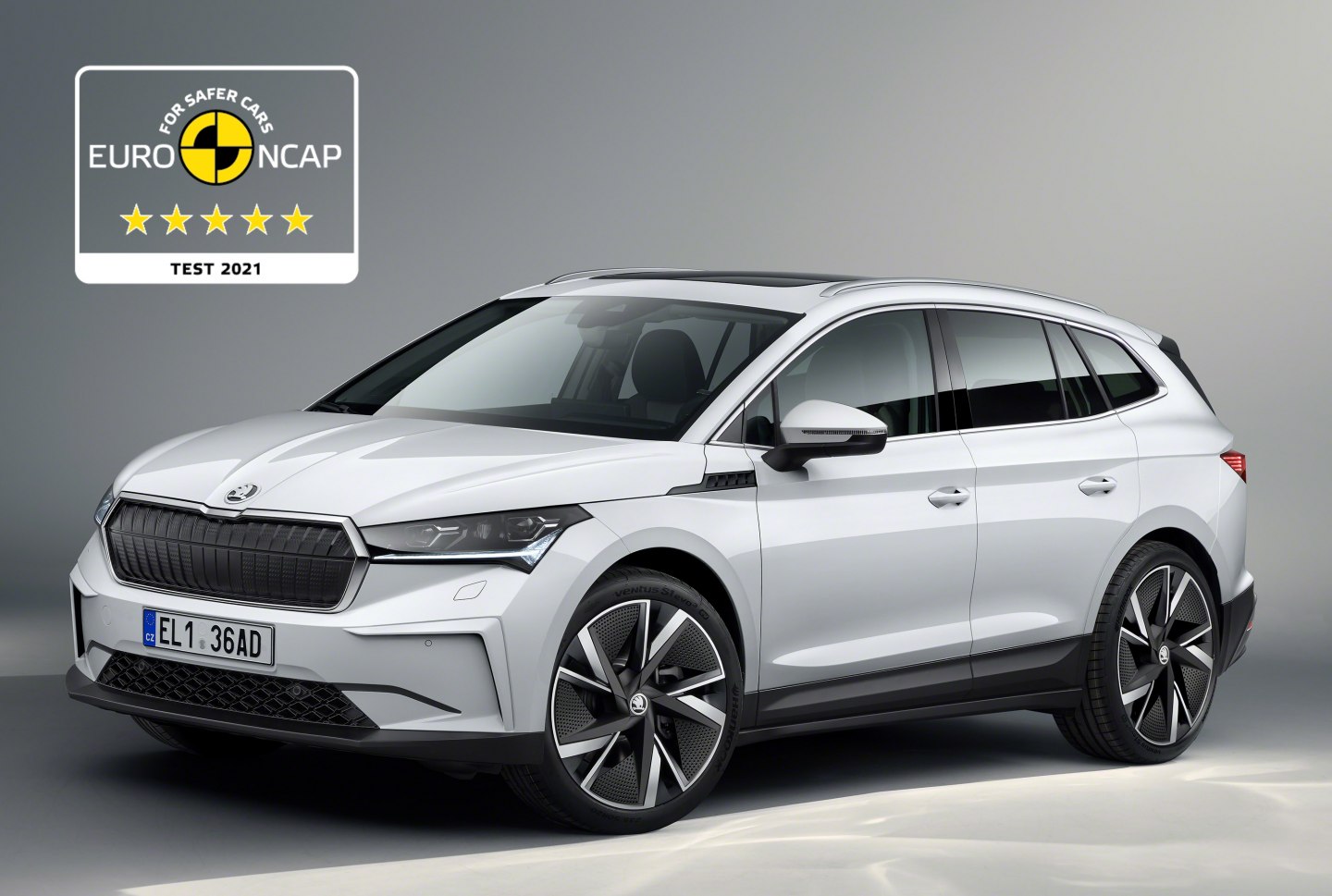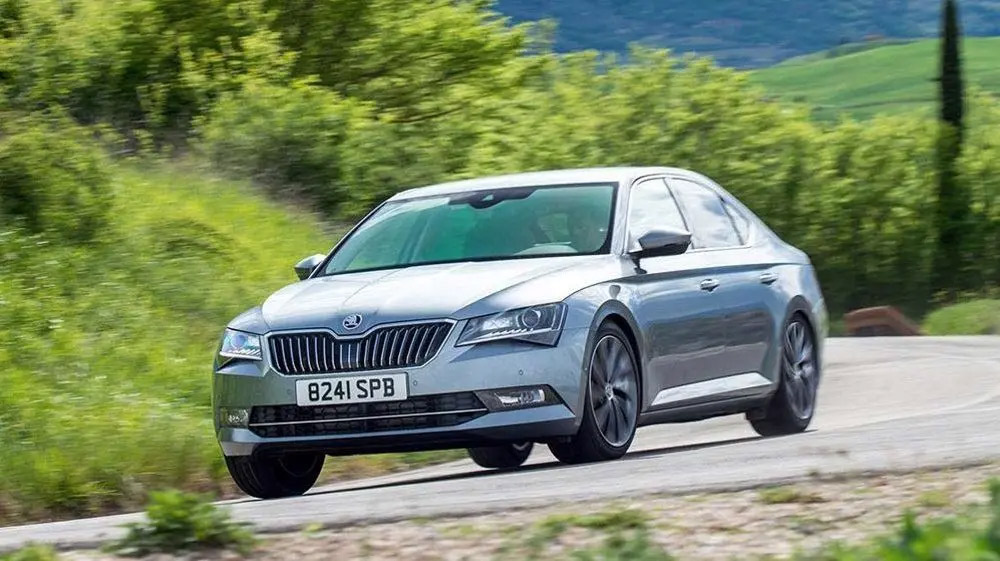From First to Fourth. The New Fabia Has a Lot to Live Up to
The fourth-generation ŠKODA FABIA has revealed its silhouette for the first time. It will represent a huge step forwards in terms of technology and design as well. Let’s take a look back at how the first generation was born back in the past century, and how it might have looked.
Judging by the first released images of its silhouette, the fourth generation of the popular FABIA model will have reworked proportions and will offer state-of-the-art technologies, improved safety and even a bigger boot.
The new FABIA is built on the Volkswagen Group’s MQB-A0 platform for small cars with transversely mounted front engines. This platform has allowed the fourth-generation FABIA to grow in all directions. Although ŠKODA will not fully unveil the new FABIA until spring, we already know that its luggage space will be 50 litres bigger than its predecessor’s. A stiffer body and a modern array of safety and assistance systems will enhance the driving experience and both active and passive safety.

What’s more, the fourth-generation FABIA will be endowed with a modern EVO petrol engine with low fuel consumption and low CO2 emissions. Customers will also be able to choose between a manual gearbox and a DSG seven-position automatic transmission. This will make the new ŠKODA FABIA one of the most universal models in its segment, just like the first generation presented in 1999 was.
New technology and new design
The first-generation FABIA followed up the FAVORIT and FELICIA models that date from the 1980s. By the end of the millennium the FABIA had become the definition of a small urban car and family car for the 21st century. The new model’s name continued its predecessors’ tradition by starting with an F. The first ŠKODA FABIA became the first modern ŠKODA car for the B-segment (called “supermini” in Anglo-Saxon countries) that was developed entirely under the aegis of Volkswagen Group.

The first-generation FABIA used what was then the group’s latest platform for small cars, known as PQ24. So compared to its predecessors, it was genuinely a brand new model with new technologies and design.
The brief sounded simple. “We were given the basic dimensions and technical specifications dictated by the platform, and our job was to design a modern, but still a relatively conservative small car,” recalls Václav Capouch, who was exterior design coordinator in the ŠKODA design team. In the end, three alternative designs were produced in parallel. Besides Václav Capouch’s version, designs were made by Belgian Luc Donckerwolke and Brazilian Raul Pires.
Latest News

Star Award Finalists
We’re pleased to announce that after thousands of entries were whittled down, Wings Skoda Peterborough has been nominated as one of 3 Finalists for the East Region in the 2025 Motor Ombudsman Star Awards.
READ MORE
The Skoda Enyaq has won WHATCAR? Used Car of the Year.
For the first time, an electric vehicle emerged as our Used Car of the Year. That car is the Skoda Enyaq – a terrific all-rounder that’s far more sophisticated than its humble used price tag suggests.
READ MORE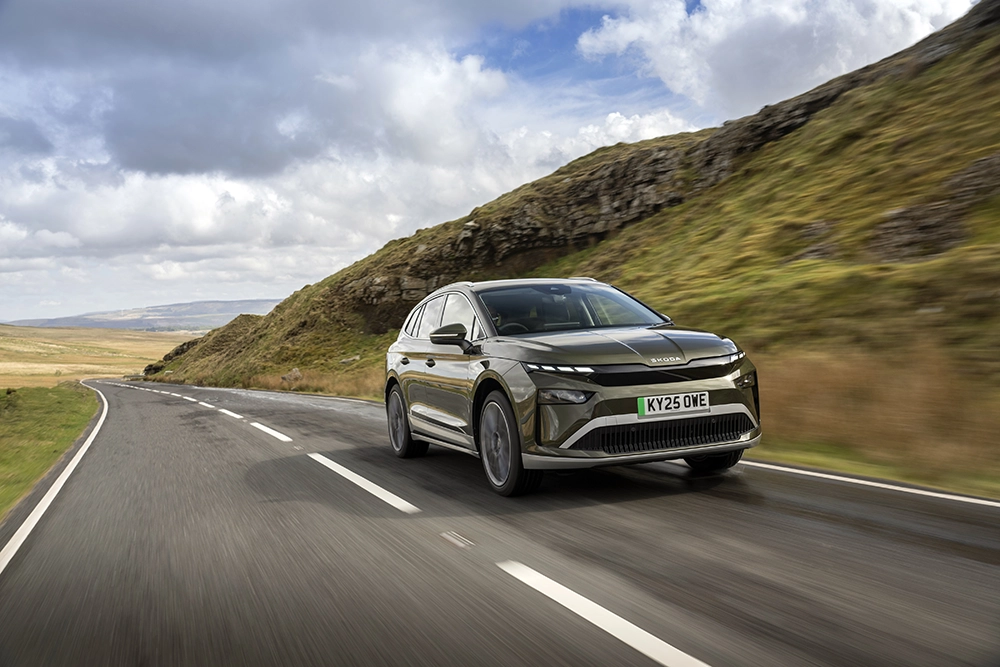
Government’s new Electric Car Grant
Milton Keynes, 30 September, 2025: Škoda’s multi-award-winning Enyaq range is expanding once again with the introduction of a new value-packed SE L 85 model. Reinforcing the brand’s commitment to delivering exceptional value for money to customers,
READ MORE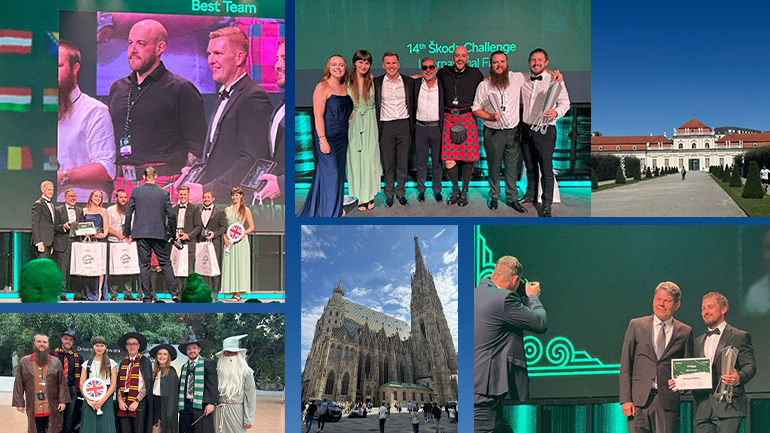
Wings Škoda Celebrates Global Triumph at the 2025 Škoda Challenge World Finals
Wings Škoda is thrilled to announce a phenomenal performance at the prestigious 2025 Škoda Challenge World Finals, held in Vienna. This international event brought together top talent from across the globe—and our team didn’t just show up, they stole the spotlight.
READ MORE
Electric mobility: Entry-level BEV will be Škoda Epiq
Small becomes epic: Škoda Auto has revealed the name of its battery-electric city SUV crossover, along with a design study showing a first glimpse of the new model.
READ MORE
My Enyaq: from daily drives to caravan escapes
From everyday commutes to caravan getaways. Discover how Škoda Enyaq has completely transformed travel experiences and why going electric is not just a choice but a lifestyle.
READ MORE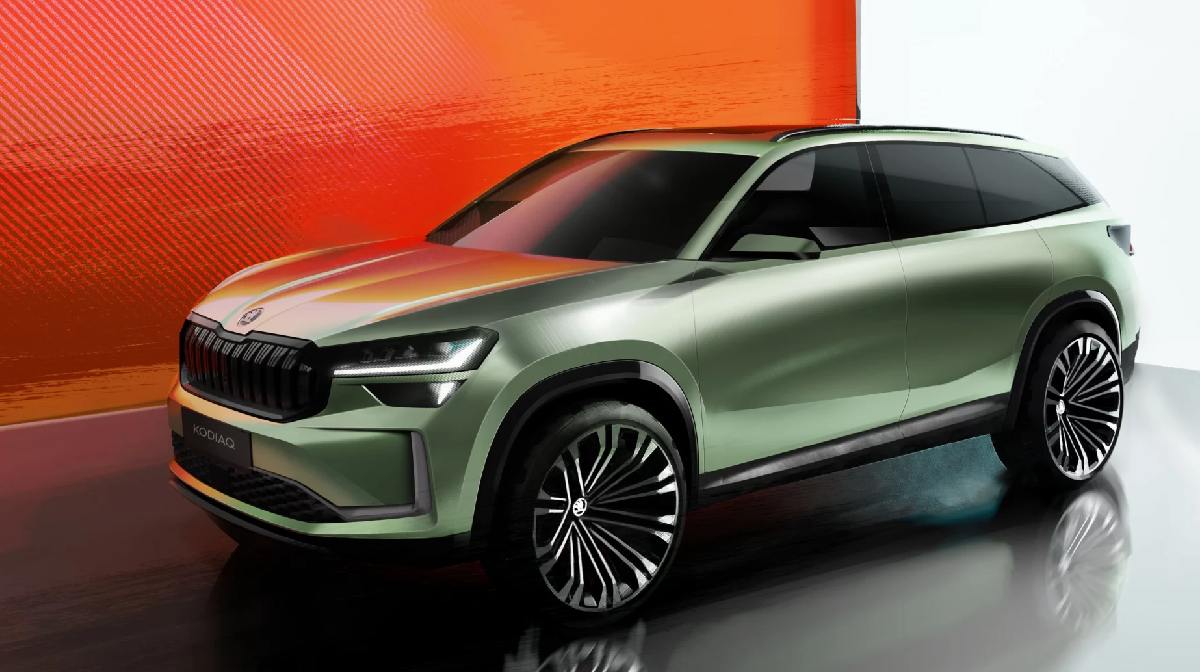
First sketches of the new Kodiaq
The new generation of the popular Škoda Kodiaq SUV will soon be revealed in all its glory. It will build on the success of both its predecessor and other Škoda SUVs.
READ MORE
Look back at our 24-hour Peloton fundraiser for Children in Need
On Friday 18th November 2022, our dealership team ran a 24-hour Peloton cycling event to raise money for Children in Need.
READ MORE
The Second Life Of Batteries
Has your electric car’s battery come to the end of its life? Don’t throw it away! ŠKODA has come up with a clever solution for “dead” batteries.
READ MORE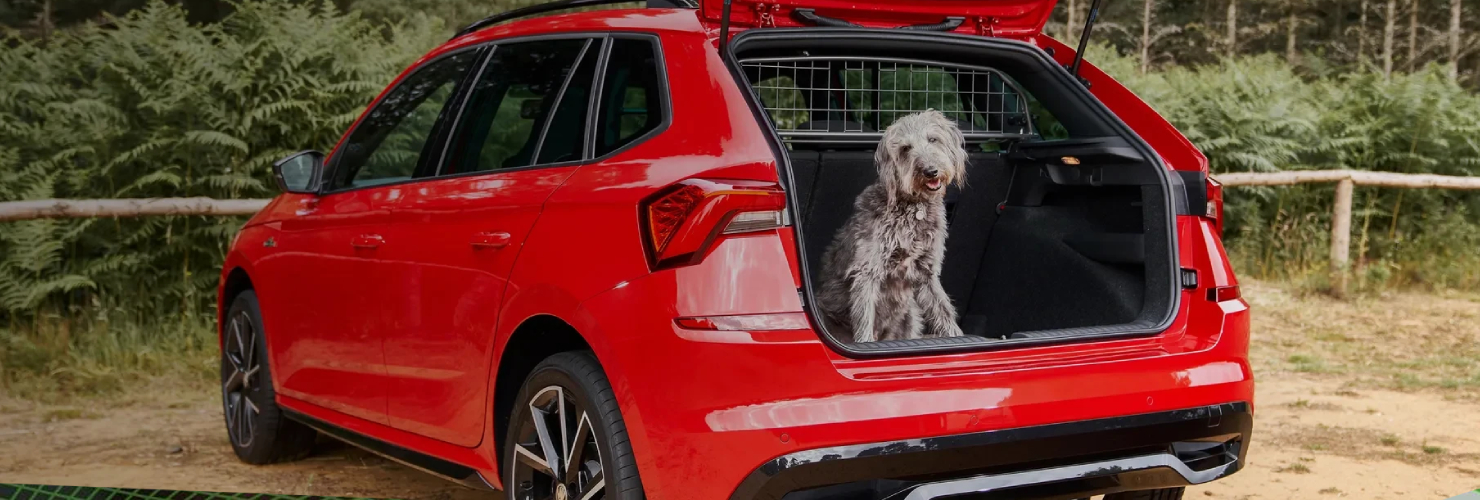
BorrowMyDoggy subscription from ŠKODA
How to travel safely with BorrowMyDoggy.
READ MORE
A name you can depend on: OCTAVIA takes category win in 2019 J.D. Power Dependability Study
READ MORE